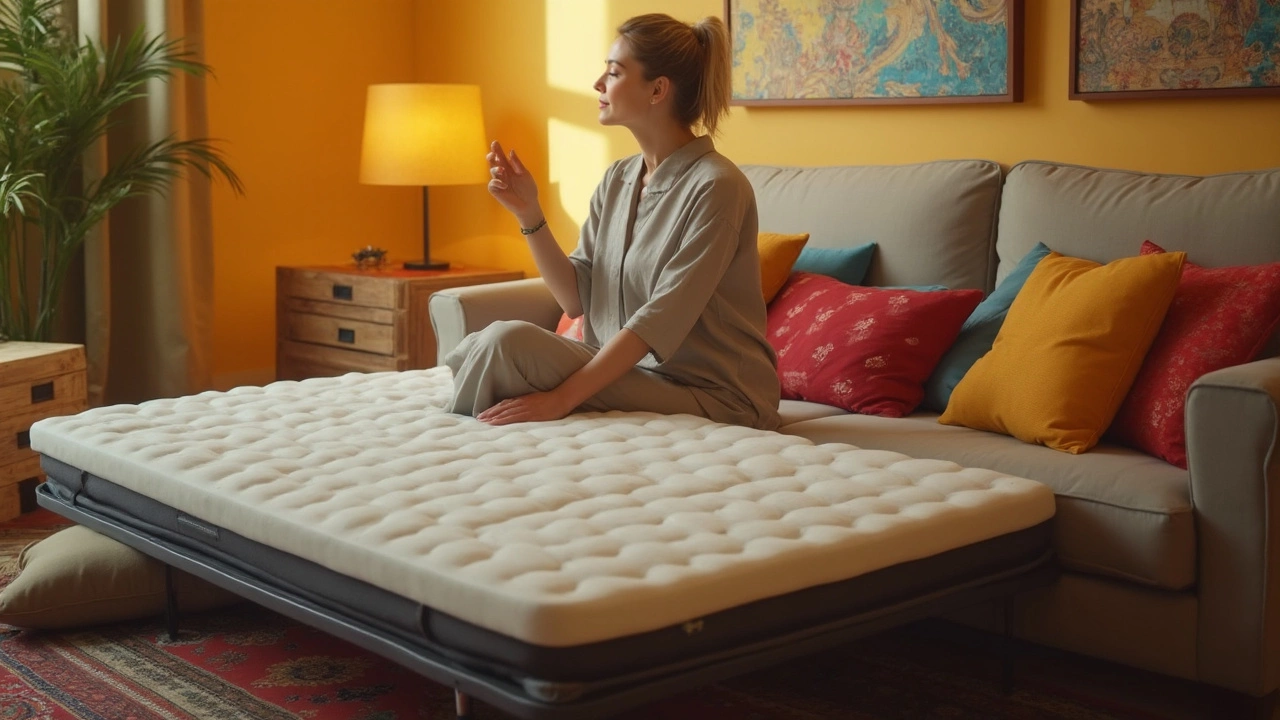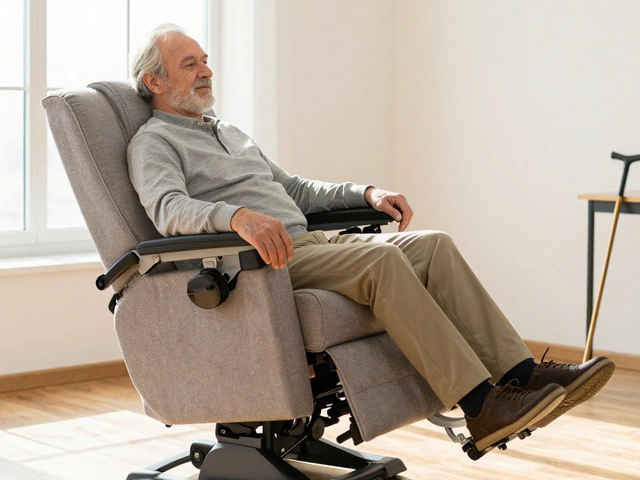Mattress Replacement: Your Quick Guide to a Better Night’s Sleep
We all know a good night’s sleep starts with a good mattress. But after a few years, most beds start to lose their bounce, support, or comfort. That’s when you have to think about a mattress replacement. Below you’ll find plain‑spoken advice to tell you if it’s time to shop and how to pick a replacement that fits your budget and sleep style.
Signs It’s Time for a New Mattress
If you’re waking up with aches, feeling sore after a night, or hearing creaks when you move, those are strong clues your mattress is past its prime. Other red flags include visible sagging, lumps that you can feel, or a mattress that’s more than 7‑8 years old. Even if the surface looks okay, a loss of proper spinal alignment can affect your daytime energy.
Another giveaway is a change in your sleep pattern. If you’re tossing and turning more than usual, or if you notice you’re taking longer to fall asleep, the mattress could be to blame. Finally, if you’ve had a pet jump on it, spilled liquids that left stains, or a partner’s allergies flare up, a fresh mattress can solve those problems too.
How to Pick the Perfect Replacement
Start by deciding what feel you like – firm, medium, or plush. A simple way to test is to lie down in a store and see how your hips and shoulders settle. Remember, a mattress that feels perfect in a showroom might feel different at home, so check the return policy.
Next, think about the material. Memory foam works great for motion isolation, while innerspring offers a bouncier feel. Hybrid models blend both for a balanced experience. If you tend to get hot at night, look for cooling gels or breathable foams.Budget matters, but don’t just chase the lowest price. Many brands offer a 10‑year warranty and a trial period of 100 nights or more. Those guarantees protect you if the mattress turns out to be too soft or too firm after a few weeks of real use.
Size is another easy decision – choose the same dimensions you’ve always used unless you need more space. Measure your bedroom and make sure the new mattress won’t block doors or windows. If you have a tight space, consider a mattress that folds or rolls for easy transport.
Finally, think about care. A removable, washable cover can extend the life of your mattress and keep allergens at bay. A protector also guards against spills and pet accidents, saving you money in the long run.
Replacing a mattress doesn’t have to be a headache. Spot the warning signs, know what feel and material suit you, and use a trial period to confirm you’ve made the right choice. Follow these steps and you’ll be on your way to more restful nights and brighter mornings.
Can I Put a Memory Foam Mattress on a Sofa Bed?
Thinking about swapping your sofa bed’s uncomfortable mattress for a cozy memory foam one? You’re not alone—many people want to boost comfort for guests or themselves. This article breaks down whether memory foam mattresses actually work on sofa beds, what problems to watch out for, and what options you have if you want a better sleep experience on your pull-out. I’ll share real tips and clever workarounds, all based on how sofa beds are built and how memory foam behaves. Let’s get your sofa bed as comfy as your regular bed—without any regret purchases.





